Green, blue and wild
In the lead up to the UN’s International Day for Biological Diversity, Mounia Chaoul explores how biodiversity net gain is reshaping development across the UK.

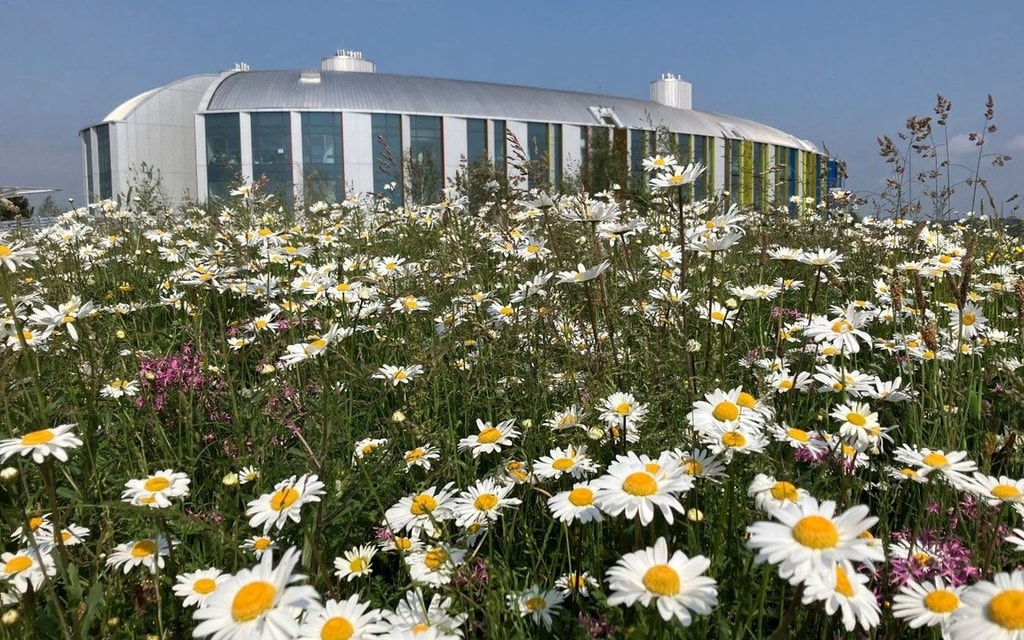
Since 1970, global wildlife populations have plummeted by 73 per cent and the UK’s species abundance has fallen by 19 per cent. As a result, in England, as of February 2024, every new development must leave nature at least ten per cent better off, with Scotland, Wales and Northern Ireland already trialing their own schemes.
This shift places landscape architects squarely at the heart of change. It is a profession-defining challenge. Now, we treat biodiversity net gain not as a tick-box exercise but as a chance to design places that restore, connect and thrive. For more than 60 years we have left the world better than we found it, weaving ecological richness into the fabric of our towns and cities, long before it was required.
Here’s how.
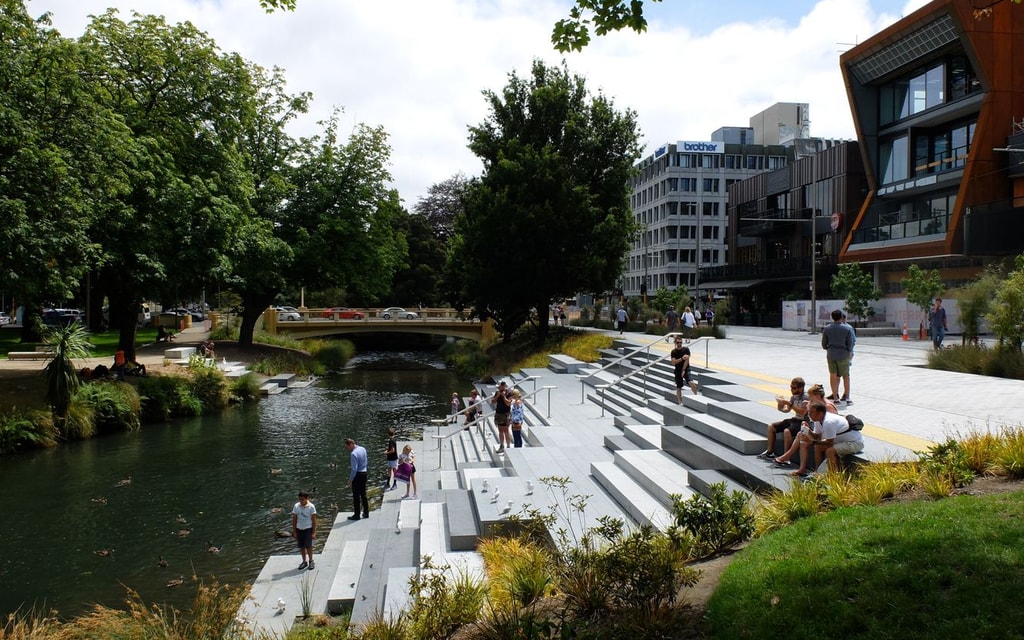
For many of our projects, we are involved from the earliest concept stage. This ensures that ecological features form the backbone of a development, rather than an afterthought. We can replace distant offsetting with on-site solutions such as sustainable urban drainage systems, rain gardens, green and blue roofs, permeable surfaces and native planting. These measures manage stormwater, reduce urban heat islands, support pollinators and improve air quality. The result is a landscape that delivers thriving habitats and healthier communities.
We have been implementing these tools and best-practice solutions long before Biodiversity Net Gain (BNG) became a formal requirement. Now that BNG is a mandatory requirement for major developments in England these approaches have moved from best practice to baseline, raising expectations and placing greater pressure on developers and clients to deliver high-performing, nature-positive places.
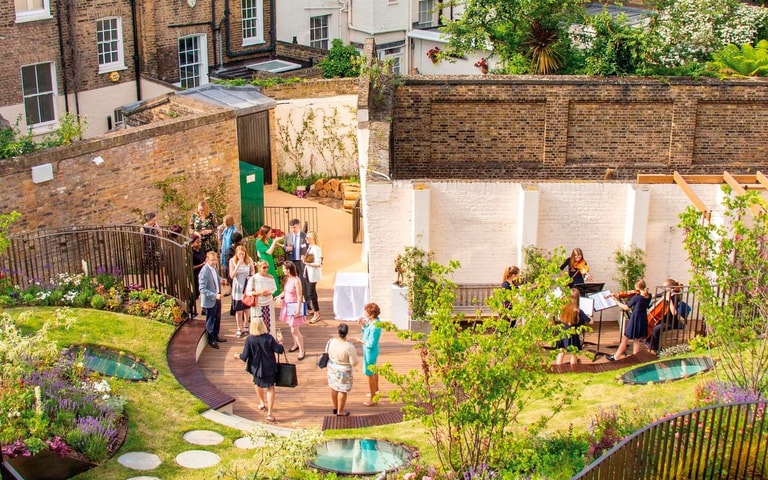
Dense urban sites often face tight space, complex land ownership and limited local authority resources for monitoring. To overcome these barriers, we co-develop clear monitoring frameworks with planners, ecologists and clients. By setting realistic baselines, agreeing targets and assigning responsibilities at the outset, we can cut delays and maintain accountability throughout delivery.
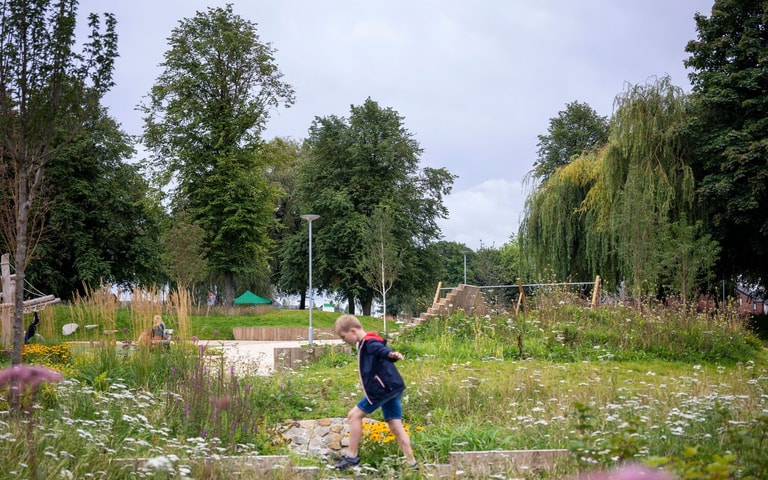
We deploy low-key sensor networks to capture data on water infiltration and quality and monitor habitats through surveying species activity and planting evolution. We equip local volunteers with knowledge and understanding to contribute effectively to the ongoing success of community spaces, from planting to planning events. Each site becomes a living laboratory that yields real-time insights into climate adaptation, habitat creation and social value. This allows us to adapt management plans, demonstrate genuine biodiversity gains and build confidence with regulators and communities, long after construction ends.
We approach biodiversity not simply as a design objective, but as a long-term investment in natural capital. One that yields ecological, social, and economic returns. This philosophy underpins how we embed habitat management and maintenance plans, and set measurable performance targets within our projects. These elements are woven into contractual frameworks to ensure that ecological benefits are delivered and sustained over time.
We champion nature-based interventions such as meadows, unmown grasslands, wetland creation, and native habitat restoration. Not just for their aesthetic or biodiversity value, but for their resilience and ability to self-sustain. These landscapes reduce operational inputs, adapt over time, and deliver long-term returns. It’s a fundamental shift in how public spaces are designed, planned, and managed, placing biodiversity equally with other forms of infrastructure and capital investment.
For example, our experience working on the Pentre Awel project in Llanelli, Wales - a wellness hub developed on a former industrial site – shows how BNG contributes to a landscape-led design and a more rewarding, vibrant and diverse place.
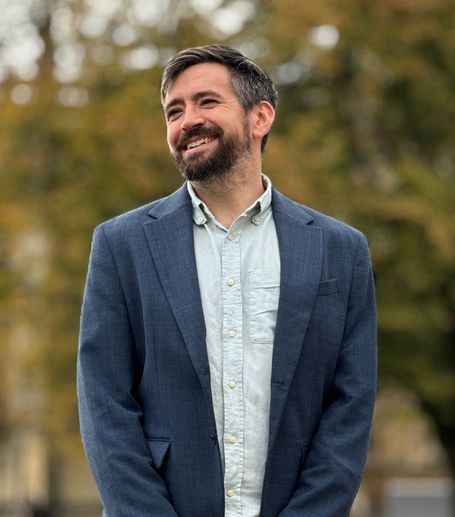
“This former industrial site has been carefully transformed into a welcoming, nature-rich environment for all. Sensory gardens, a public realm bursting with greenery, and hundreds of new trees support both wellbeing and biodiversity. Existing habitats were protected throughout construction and enhanced through targeted planting and the regrading of banks to support water voles. We also worked closely with the ecology team to create a long-term management plan, ensuring the landscape and habitats will continue to thrive.”
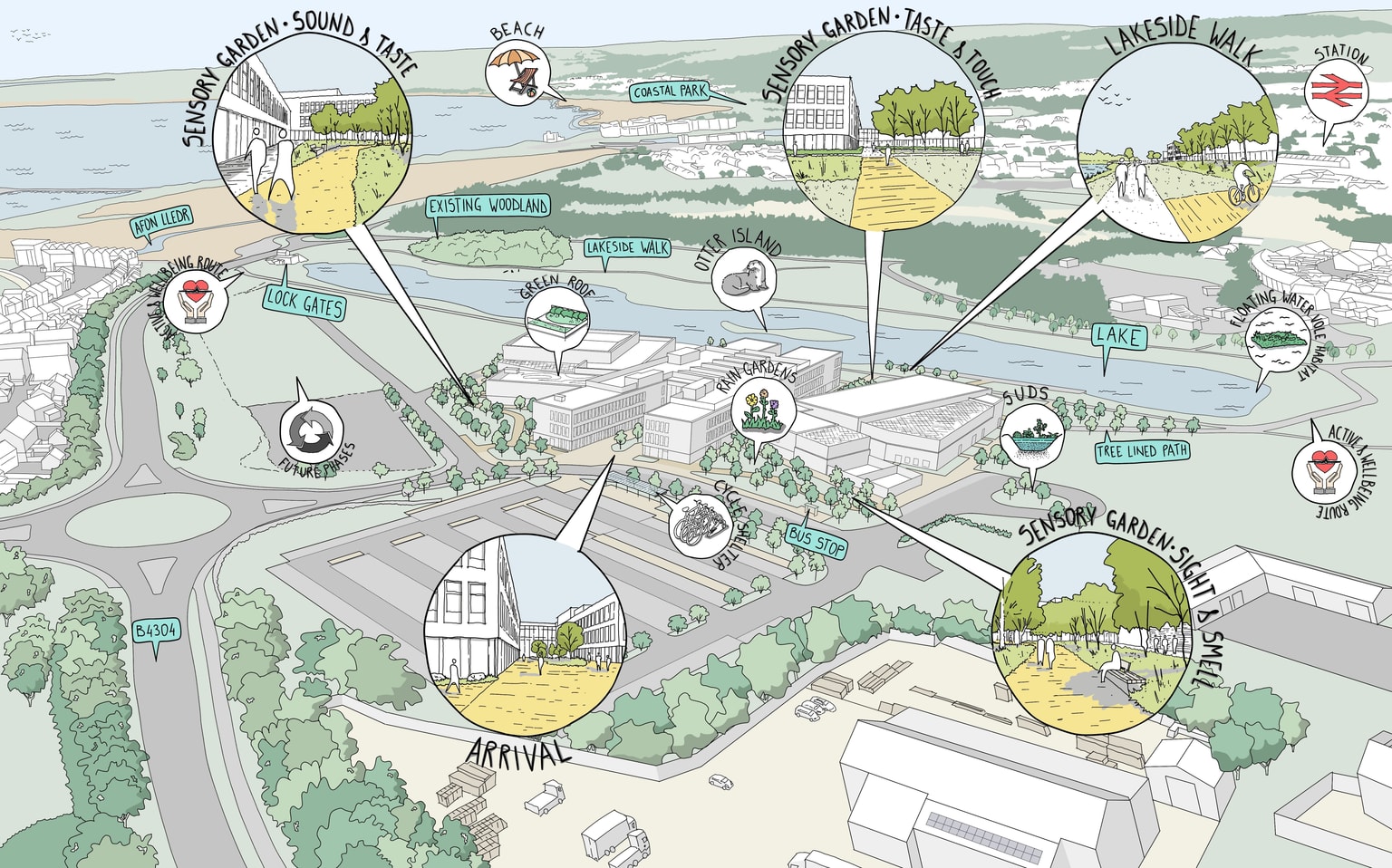
Whether it’s in the UK or anywhere across the globe, our mission as landscape architects is to treat each project as unique. Every place has its own environmental identity, challenges, and opportunities. Recognising this allows us to tailor our approach, ensuring that biodiversity strategies are not only context-sensitive but also culturally and ecologically meaningful.
Restoration efforts can and do bring tangible benefits, not just for wildlife, but for people and the planet. When done well, these projects contribute to climate change mitigation, enhance resilience to extreme weather, and create places where communities can thrive.
,+Lewisham+London+Biodiversity+Pond-1330x831.jpg?u=2025-05-08T12:22:28.234Z&w=1024&q=90)
At Beckenham Place Park East, the creation of a 25,000m³ flood storage area including a habitat pond and sunken lawn was central to the park’s restoration and now helps protect more than 400 properties from flooding. The scheme delivers more than 161,000m² of diverse habitat, achieving a 22.86% Biodiversity Net Gain and a 331.32% linear habitat gain. In addition to enhancing biodiversity, it strengthens climate change adaptation and buffers the local area against extreme weather events, a solution proven successful in the flood event of September 2024.
The project also maximises opportunities for local regeneration and economic development, driving significant growth in employment and Community Engagement for up to 5,000 volunteer hours annually. Importantly, representation of visitors from mixed-race backgrounds has risen from 5% to 15%, better reflecting the diversity of the local community. The age profile of visitors now reflects the catchment of the park, previously under 25s and over 65s had been very underrepresented.
Looking to the future, our mission is clear. We are resolved to turn policy into measurable, lasting benefit for all. We will challenge conventional constraints, champion nature-first design and harness innovation to deliver landscapes that flourish. And finally, we invite the wider built environment to join us in creating greener, bluer and wilder places that endure for generations.